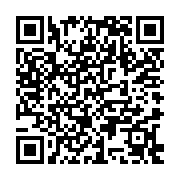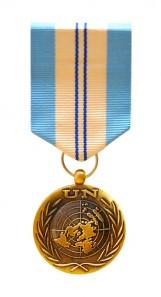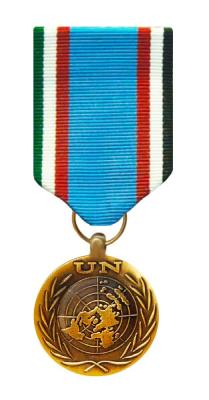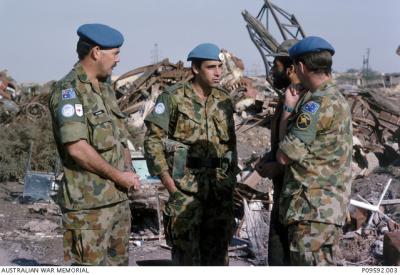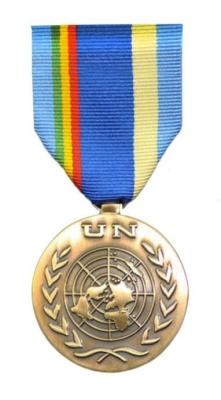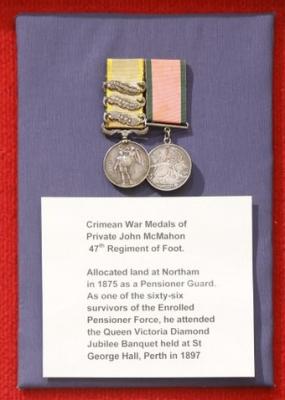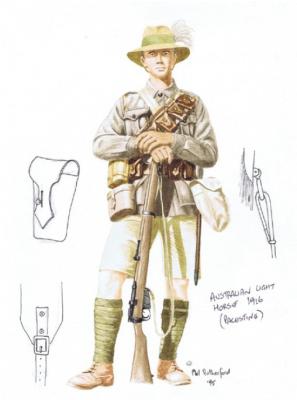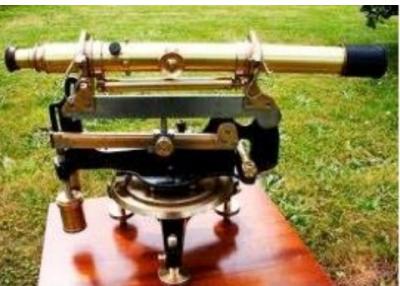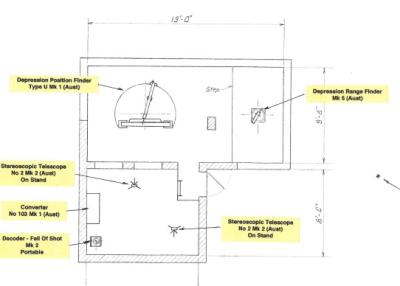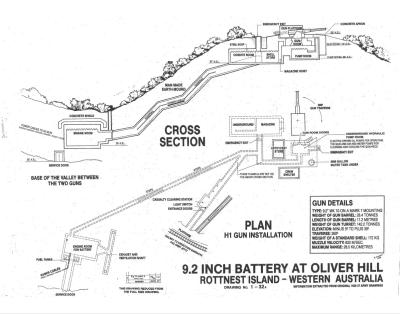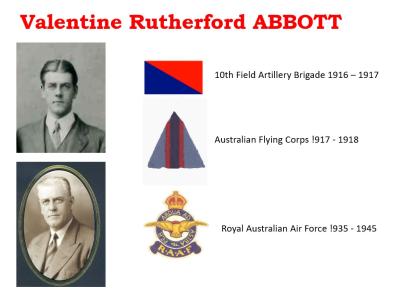Post 1945, South West Asia, Sinai, Peacekeeping, United Nations Emergency Force II, 1976 - 79
Established in 1973 following the Yom Kippur War, the Second United Nations Emergency Force (UNEF II) was created to supervise the ceasefire between Egypt and Israel and observe a return of their forces to the positions they had held before the conflict. Australian United Nations (UN) peacekeepers already working in the region were among those initially seconded to the mission. In 1976, the Australian Government officially committed forces to UNEF II, along with 4 Iroquois helicopters. UNEF II operated until the mission's mandate expired in 1979. We recognise and remember the 280 Australians who served as peacekeepers in the Sinai.
Since it was proclaimed a state on 14 May 1948, Israel has often been in conflict with the surrounding Arab states. Palestinian Arabs and surrounding Arab states rejected the plan for a Jewish state and fought for control of the land. Major conflicts include: the First Arab-Israeli War in 1947; the Suez Crisis of 1956 (the Second Arab-Israeli War); the Six-Day War of 1967 (the Third Arab-Israeli War); and the Yom Kippur War of 1973 (the Fourth Arab-Israeli war). UN peacekeepers have had a presence in the region for most of this time. By the 1970s, Australians had spent almost 2 decades serving in several UN peacekeeping operations in the region
On 6 October 1973, the Jewish holy day of Yom Kippur, Egyptian and Syrian forces launched a surprise attack against Israel. They crossed their respective ceasefire lines in the Sinai Peninsula and Golan Heights. Iraq, Jordan, Saudi Arabia, and Palestinian guerrillas in Lebanon also joined the fighting. Egyptian and Syrian forces had early successes in the war, but then met strong Israeli resistance.
The UN called for a ceasefire on 23 October, but fighting continued. President Anwar Sadat of Egypt requested Soviet Union and US troops be sent to the area to enforce the ceasefire. The US opposed the request. At the request of Egypt, the UN Security Council was convened again on 24 October. The Second United Nations Emergency Force (UNEF II) was created. The first United Nations Emergency Force had served as a buffer between Egyptian and Israeli forces from November 1956 to June 1967. The new peacekeeping operation, UNEF II, effectively brought the latest crisis to an end.
UNEF II's role was to supervise the implementation of the ceasefire between Egyptian and Israeli forces. It also oversaw the return of the 2 forces to the positions they had held before the conflict and tried to prevent a recurrence of fighting. UNEF II was responsible for controlling the buffer zones established by the ceasefire agreements. These were east of the Suez Canal and in the Sinai Peninsula. The force was armed for self-defence. UNEF II headquarters were eventually set up in Ismailia, Egypt.
In 1976, the Australian Government officially committed forces to UNEF II. The contingent consisted of 2 army personnel serving in the UNEF II headquarters for a 12-month period and a 50-person detachment from No. 5 Squadron Royal Australian Air Force (RAAF). They also committed 4 Bell UH-1H Iroquois helicopters for 6-month rotations. Included in the RAAF contingents during 1977 and 1980 were Royal Australian Navy aircrew and aircraft maintainers. The contingent was known as AUSTAIR UNEF.
By early 1979, tension between Israel and Egypt was easing. In the Camp David Accords of 1978 and the 1979 Treaty of Peace Between Egypt and Israel, the nations agreed that the Sinai would go back to Egypt. In return, Egypt would end hostilities and normalise relations with Israel.
By May 1979, AUSTAIR crews were seeing the first stages of the Israeli withdrawal. A new buffer zone was established along the eastern strip of Egyptian territory. This changed the need for UNEF II peacekeepers in the region.
Details
Details
Australia was unofficially a part of UNEF II from the beginning. Two Australians were among a select group of United Nations Truce Supervision Organisation (UNTSO) military observers seconded to the mission. They were:: Lieutenant Colonel Keith Howard, the senior Australian in UNTSO, who had been serving there since 1967; he would later return to UNTSO and become UNTSO's acting commander in 1975.; and Major Allan Windsor, a 41-year-old Citizen Military Forces artillery officer who had already served for 2 years in UNTSO.
National Peacekeepers' Day: On 14 September each year, Australia observes National Peacekeeper’s Day, the anniversary of Australia becaming the world's first peacekeepers to deploy into the field, in the Netherlands East Indies in 1947.
International Day of UN Peacekeepers: 29 May is a day of commemoration and acknowledgement of all military, police and civilian personnel who have served as peacekeepers with the UN. Since UN peacekeeping began, more than 4,000 peacekeepers from many countries have lost their lives while performing their duties under the UN flag.
Open in Google Maps
Nearest geotagged records:
- Medal, Post 1945, Peacekeeping, United Nations Emergency Force II, 1976 - 79 (0km away)
- World War 1, Middle East Matarieh, 1915 (0.13km away)
- World War 1, Middle East Matarieh, 1915 (0.13km away)
- World War 1, Middle East Matarieh, 1915 (0.13km away)
- World War 1, Australia, Western Australia, HAMLIN, 10 Light Horse (0.18km away)
- World War 1, Middle East, Egypt, Ismailia, MUNN, Australian Flying Corps, 1917 (0.68km away)
Australian Army Museum of Western Australia
Australian Army Museum of Western Australia
More items like this
Other items from Australian Army Museum of Western Australia
- Medal, Post 1945, Peacekeeping, United Nations Iran-Iraq Military Observor Group, 1988 - 1991
- Post 1945, Iran and Iraq, Peacekeeping, United Nations Iran-Iraq Military Observor Group, 1988 - 1991
- Medal, Post 1945, Peacekeeping, United Nations Multidimensional Integrated Stabilization Mission in Mali (MINUSMA), 2013 - 2023
- Medal Group, Pre 1914, Crimea, McMAHON, Western Australia Pensioner Guard
- World War 1, South West Asia, Sinai, Light Horse,1916
- Post 1945, Western Australia, Combat Ration, 2005
- World War 2, Western Australia, Rottnest Island, Coast Artillery Instrumentation, Depression Range Finder
- World war 2, Western Australia, Rottnest island, Jubilee Observation Post, Layout, 1942
- World War 1, Western Australia, Rottnest Island, Oliver Hill, H1 Gun Layout
- World War 2, Western Australia, Rottnest island , Coast Artillery Instrumentation, Radio Direction Finder Towers
- World War 2, Eastern Mediterranean, North Africa Theatre, Polish Peaked Caps (Rogatywka)
- World War 1, Western Australia, Perth Heritage Week Exhibit, 32561 ABBOTT, 10 Field Artillery Brigade AIF
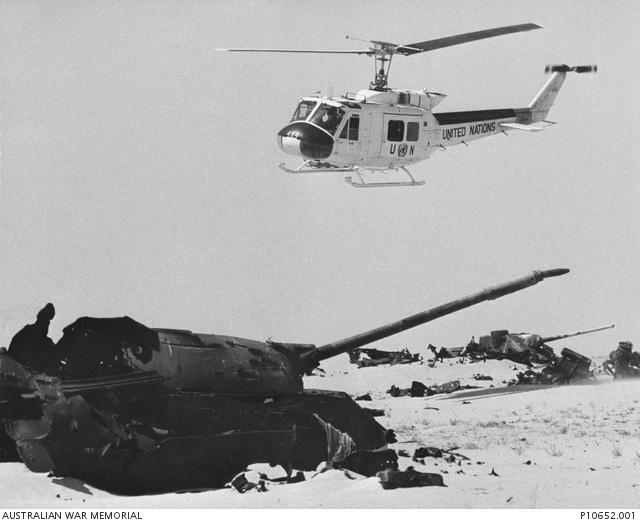
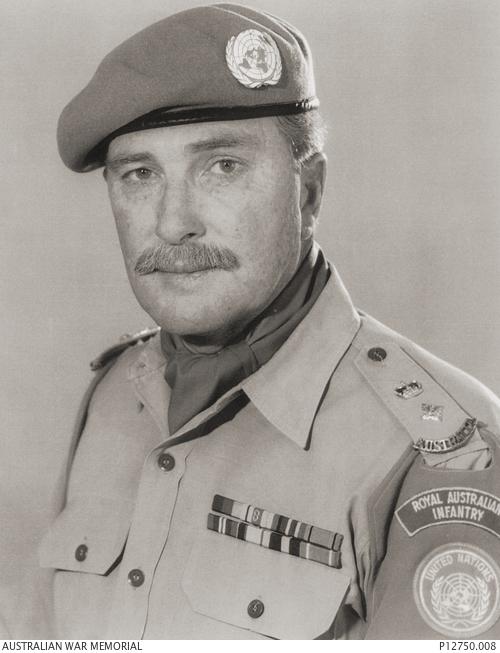
Scan this QR code to open this page on your phone ->
